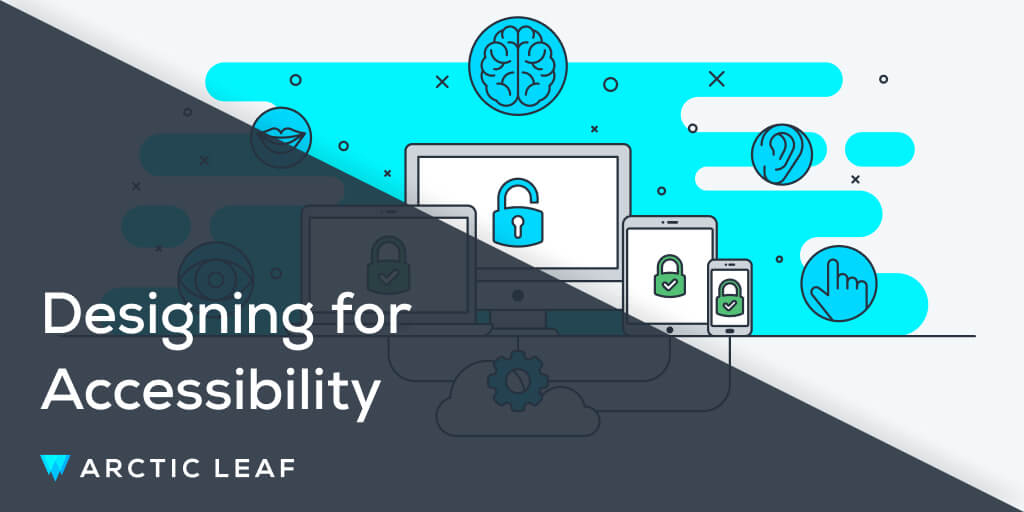Every day, designers face the challenge of solving usability problems.The way we go about understanding and ultimately finding a solution to these issues is through investigation, analysis, testing, and prototyping. to eventually have an answer which best solves the question.
When directed toward a specific user base, it is easy to wander straight into the design process without first conducting the necessary research. Without proper research and understanding of user issues, you will find yourself shooting in the dark with no guarantee that your design will actually solve problems.
Luckily, we have usability heuristics - a set of principles that, when adopted, offers tangible and quantifiable data to serve as your foundation before jumping into your design process. Heuristic analysis can be used as a guide to solve a host of design issues concerning user experience and usability.
Here are the top eight Usability Heuristics principles to master in order to save yourself time and effort in the long run.
1. Visibility of System Status
When the user starts a process such as logging in, uploading a file, or finishing the checkout process, appropriate feedback is crucial. Visual cues can help the user to understand if a process is complete or an error has occurred as well as any next steps to take.
This feedback is extremely beneficial to the user as it provides a window to what's happening inside the system and saves them from guessing. A progress graphic, color change, a loader, or even a simple message are all great ways to relay information.
2. Match Between System and Real World
Imagine your user as a tourist who has just landed in a new country and is not familiar with the local language. Initially full of excitement and wanderlust, a tourist can easily become disorientated, leading to an unenjoyable experience. This is similar to how a user feels when they first arrive at a new website. If you aren’t using real world terms and familiar jargon, users can feel like they are encountering a foreign language. Your user’s curiosity might quickly change to annoyance and building frustration, which can lead to lost traffic.
To prevent this, use clear, familiar language in the copy and call-to-actions, or add tooltips to explain essential jargon. For example, a call-to-action labeled “Click Here,” gives no hint to what you are clicking, why you want to click, or where it will take you. It offers nothing for the user and they won’t be motivated to satisfy their curiosity. Instead, a call-to-action is best labeled with something that explains what it will do, such as “Sign Up for Free Goodies” or “Show Me My Analytics.”
Using phrases and terms which are understandable and offer the user vital information ensures that the user is more likely to progress through your site and achieve their goal.
3. User Control and Freedom
The user wants to feel in control of their actions, so a site should allow them the freedom to make changes to their profile and user information, to navigate unrestricted, or to undo accidental actions such as deleting an email or removing a post.
4. Consistency and Standards
When designing and building out a website, it’s important that elements, styles, and actions are consistent throughout. For example, a “Submit” button should have the same styling, functionality, and action as another “Submit” button elsewhere on your site. The same goes for header and text styling; a header style should be consistent in all states when used in another part of the website.
This allows the user to become familiar with locations of buttons, what links will do when clicked, and the general appearance and layout of the website. If you start to change this around, the user will quickly become disorientated and start making errors.
5. Error Prevention
Every user has had the experience of overlooking an error that only became apparent after taking an action, such as sending an email without an attachment or making a typo in a message or web search. These types of errors can be prevented by setting a fail safe, which alerts the user that something is wrong and offers a way to correct it.
Designers can seamlessly implement error prevention through validation checking, in which an entered value is cross referenced and checked with a correct value. Common examples we often see are password or email validation, as well as autocorrect when typing.
Offering the user an option to correct an error before they continue grants them more control and facilitates a pain-free experience.
6. Recognition Rather Than Recall
When presenting layouts of information or options for the user to choose from, always make the required information visible and clear to the user. The goal is to have the user use as little memory and effort as possible for them to achieve their goal. This can be done either by suggesting search queries (i.e. Google), or offering instructional labels for certain processes. The user must be made to feel comfortable in what they are doing and understand how they can make their own experience more useful and streamlined.
7. Help Users Recognize, Diagnose, and Recover from Errors
This principle ties into Error Prevention. When a user makes an error, your website should alert them and provide the best way to resolve the issue. Simple options can prove to be very effective. For example, tooltips offering advice or guidance on what went wrong and why or a redirect to an error page with an explanation of why they are seeing the page and how to recover from the error.
Clear communication is the key to user understanding and smooth resolution of any issues they encounter.
8. Help and Documentation
When all else has failed, a determined user will seek out a help or documentation page as their last resort. Designers should keep in mind that if a user needs to look for answers in this section, then this highlights fundamental flaws in the website’s design.
A help page should include the most frequently asked questions as well as in-depth documentation of important processes. This information should be clearly laid out using real world language to allow the user to find a solution quickly and easily.
Following these 8 tips will help you understand the user and improve their experience on your website. As with all things, a little listening and understanding really does go a long way to make things better.
Ready for more of our expert user experience design tips and best practices? Check out our blog post on Designing for Accessibility to learn more or reach out to us directly at info@arcticleaf.io.
Arctic Leaf is a digital agency with over 10 years of e-commerce experience serving clients of all industries. Our entire team is Baymard UX certified and our amazing developers can build everything from simple Shopify themes to fully custom headless experiences.



